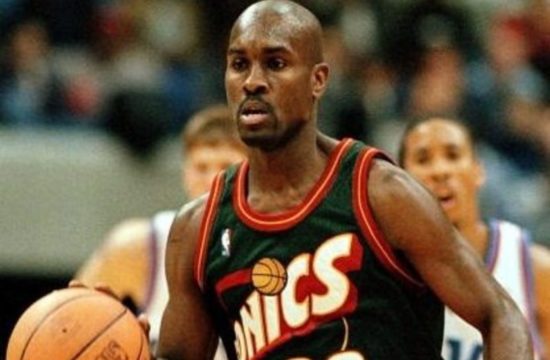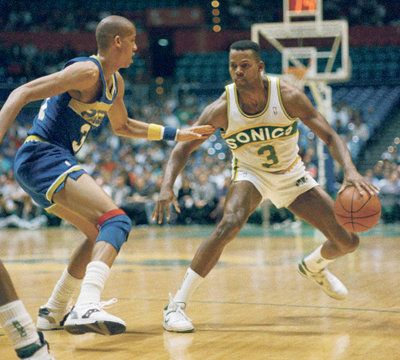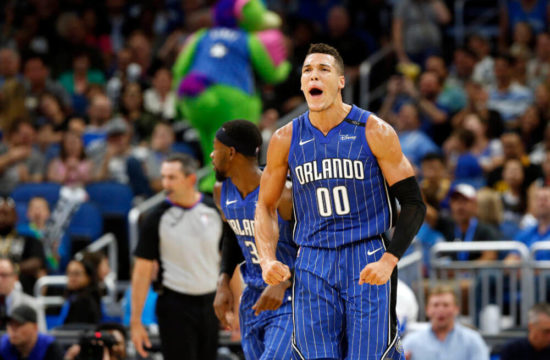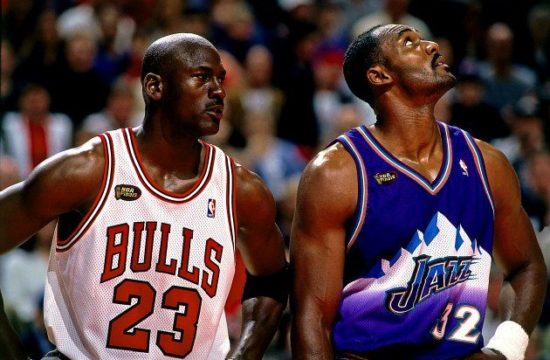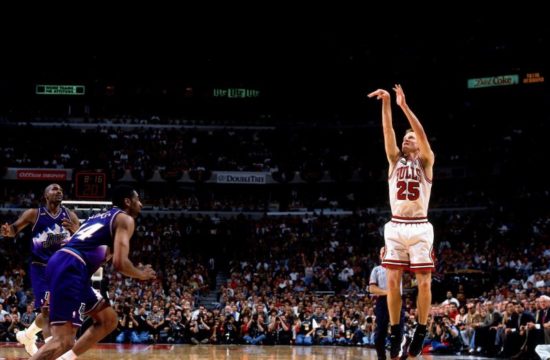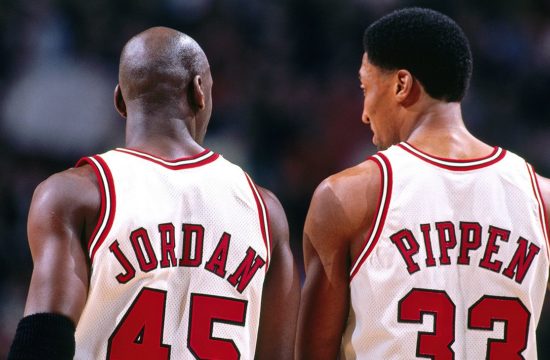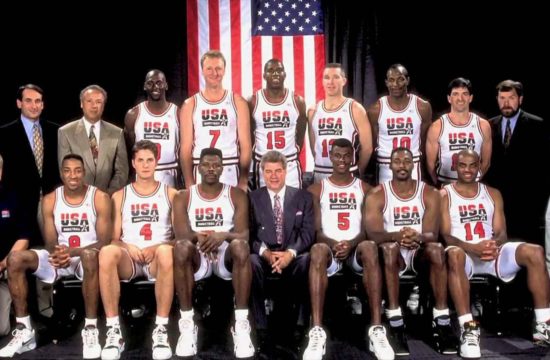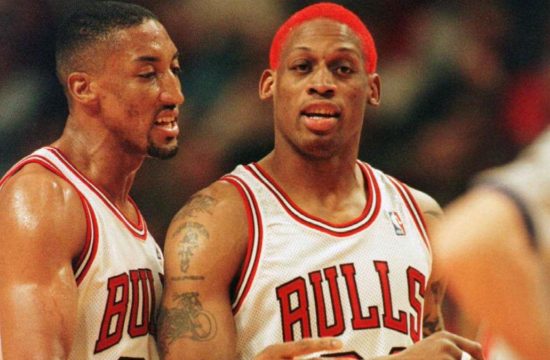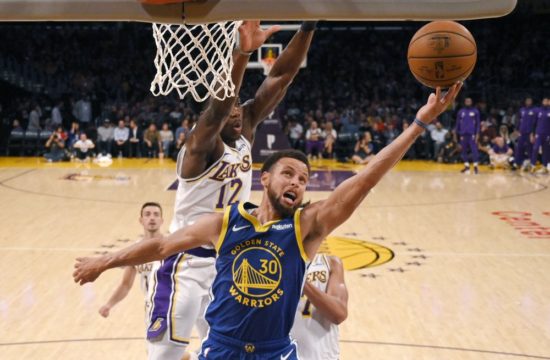Basketball’s inventor, Dr. James Naismith, once said that basketball was a big man’s game. The best players, for years, tended to be those who towered over their opponents.
In the early days of the game, it was players like 6-foot-10 George Mikan. Later, it was NBA all-time leading scorer Kareem Abdul-Jabbar. Even Magic Johnson had a distinct advantage as a 6-9 point guard. Basketball was a big man’s game.
In 1994, the NBA revisited its hand check rule. Defenders were allowed to use their hands on defenders. It was a method of slowing down ball handlers and the game itself. In ’94, the league decided to eliminate the hand check in the back court. The idea, of course, was that ball handlers would have a little more freedom of movement which would eventually lead to more scoring.
With the hand check rule still in place through the ‘90s, back-to-the-basket big man still flourished. In the early 2000s, Shaquille O’Neal (2000) and Tim Duncan (2002, 2003) were the last two true post players to win the NBA MVP.
In 2004, the hand check was eliminated entirely. This allowed guards the freedom to control a game. The game became faster. There was more scoring.
Steve Nash had been an All-Star point guard prior to 2004. In 2005 and 2006, he was the NBA’s MVP thanks to the freedom brought about by the elimination of the hand check. Nash was Steph Curry before there was Steph Curry.
In the 16 seasons since the hand check was removed from the game, a guard or small forward has won the NBA MVP award 13 times. The other three were Kevin Garnett, Dirk Nowitzki, and Giannis Antetokounmpo, who are or were essentially perimeter players.
Getting rid of the hand check has brought on the rise of the perimeter player. LeBron James, James Harden, Russell Westbrook, Curry, and plenty of others have taken the game away from the big man forever.
Rick Bouch


